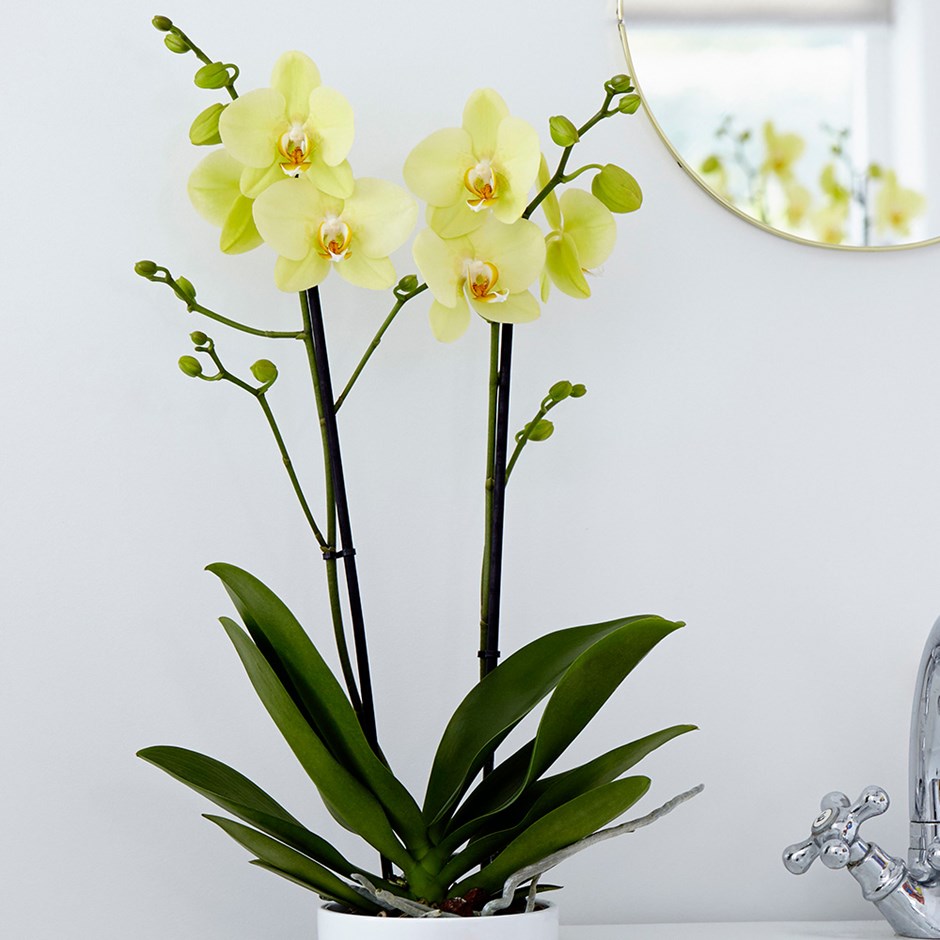Phalaenopsis grandiflorum Alassio | Orchid
moth orchid




Bright, indirect light
Average
Specialist compost
Frost tender

Get the latest from RHS Plants, including offers and inspiration. Plus - save 10% off your first order when you sign up.
View our Privacy Policy
© RHS Enterprises Limited 2025
Registered in England & Wales No. 01211648. | VAT No. GB461532757 | Registered Office: 80 Vincent Square, London, SW1P 2PE.
All sales help fund the charitable work of the RHS.

